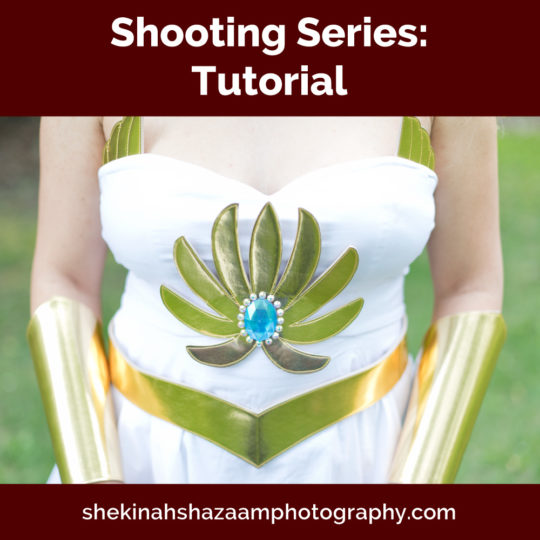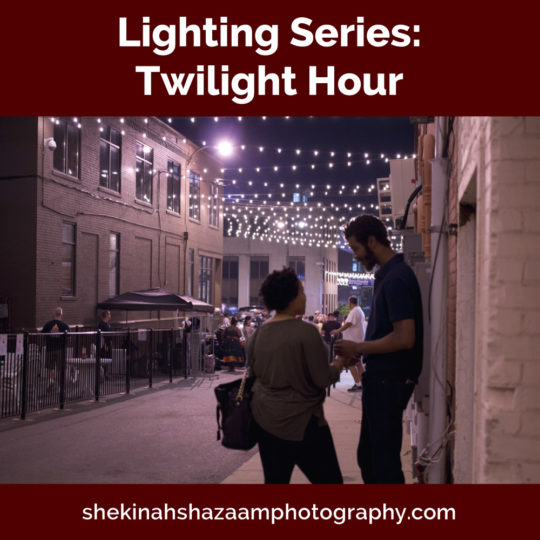
Oh boy. This topic surely is one for discussion. Obviously both a lens and a camera body need to be joined for a DSLR to operate, but the question many photographers have when starting out is “which should I invest more in?” Here I want to share my experiences from working with both Canon Rebels & a Full Frame as well as a variety of lenses.
Camera Bodies
Cropped sensor Rebel T3
I actually started out with the T3 but I grew tired of not being able to see myself for recording vlogs. I didn’t take many photos with the T3, but I found a definite increase in quality compared to my previous Powershoot.
Cropped sensor Rebel T3i
I sold the T3 & upgraded to the T3i and really delved into photography more. I found that this camera really helped me become better, and felt no shame at it being a comparatively ‘beginner’ body compared to others, because I was still able to produce images I was proud of. After many years of use, I was starting to crave an upgrade, so I began saving and set my eyes on a full frame body that would aid me in making even higher quality images.
Cropped Sensor 60D
This is actually the camera currently stationed at work. Though this is in the second tier of Canon’s DSLR’s, I actually don’t notice any difference in quality between this & the T3i. The controls are basically the same as the T3i, so picking up on this was quite easy as well.
Full Frame 5D Mark IV
My latest and most favorite body has given me even better results than before. The added features like the wireless capability aid in self-portraits (which I wind up doing quite a bit), and I also really love the dual card slots & wireless screen too. Read my full review here! This took quite a while to save up for, but it was worth every penny.
In summary, there is an increase in quality from starter cropped sensor bodies to full frame bodies. Colors are truer, exposure has a more accurate preview, and the bokeh is just incredible. That being said, many starter DSLR’s have excellent quality that not only provide great digital images, but also nice prints. Your choice will depend on your budget, shooting needs, & end use of the images.
Camera Lenses
Zoom
The default lenses that come with most DSLR’s are adequate quality zooms. They range in focal length, but typically don’t have a wide aperture, so attaining creamy bokeh is nearly impossible. However, they are excellent to use at events, concerts, or any other activity where there is a lot of action & changing perspective quickly is a must.
Prime
These fixed focal length lenses are just that, they stay the same focal length so you have to physically move your body or subject to change the view. These are able to have wider apertures, which will help in low lighting situations as well as help isolate the subject from the background.
Lenses on different sensors
There are even more differences to consider when looking at a camera body or a lens. The sensor size is ultimately what determines the ‘finished’ size that the lens is able to capture. That isn’t referring to resolution, but rather to how the camera sees the focal distance of the lens. For example, on cropped sensor cameras, the sensor is only covering a portion of what the lens is actually capturing. The result is that the image is ‘cropped in’ (though it can appear to look as though it is a zoomed in version of an image taken with a full frame.) To get a more accurate measure of what the sensor is capturing, multiply the focal length by the crop factor (ex 1.6).
A full frame on the other hand, is able to capture exactly what the lens sees. A 50mm lens will show an image captured at 50mm. A full frame is also able to show the entirety of a scene, & therefore is able to provide smoother bokeh when using wider apertures to isolate a subject.
So now that more details have been discussed about the different variables, the question still remains on which someone should invest in. If you already have a starter body, I would recommend investing in better lenses, because the kit lens doesn’t provide nearly as much quality as say the 50mm 1.8. If you have a couple of nice lenses already & are willing to save up, I would recommend investing in a new body.
It isn’t that one is necessarily ‘better’ than the other, but it is true that using quality lenses on lower end & higher end cameras gives you greater flexibility. So I guess it comes down to the lenses, which depending on the type (EF for Canon) can be used on both cropped sensor & full frame.
So there you have it. A lot of info, but hopefully this will aid you in deciding what you should invest in!
May the light be with you.





Sorry, the comment form is closed at this time.